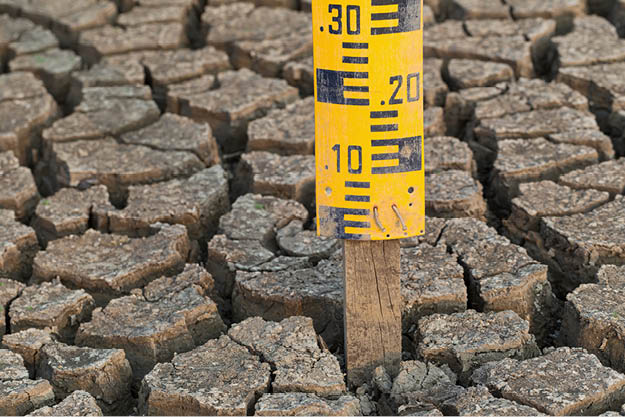
Click here to download the report.
According to the ‘Great British Rain Paradox’ report published in June this year, 77% of the British public agree with the statement that “the UK is a wet, rainy country”.
The report, which is supported by the Environment Agency, explains that not only do the majority of the population think that the country is wet and rainy, but only 14% of people believe that it is very likely that we will experience water shortage issues over the next 25 years.
However, this perception is wrong according to Sir James Bevan, Chief Executive of the Environment Agency, who explains in the report that while we have periods of intense rain (February 2020 was the wettest month on record), “climate change is also causing long spells of dry weather that are putting our water resources under increased pressure”.
This stance has been echoed by the National Audit Office in their Water Supply and Demand Management report which explained that, due to climate change, daily demand for water in England and Wales will rise almost 30%, from 14bn litres to 18bn litres by 2050.
Should temperatures continue to rise, the world would inevitably become drier, which would impact on fresh water supplies.
Warmer air holds more moisture than colder air (up to 7% per degree of warming according to the Clausius-Clapeyron equation), meaning as temperatures rise, more water is taken from the earth’s surface by evaporation.
Greater evaporation rates would negatively affect water stocks in reservoirs, leading to more incidences like Day Zero in Cape Town, where the city was at real risk of completely running out of water.

There is also a concern that, due to increasing temperatures, less water will be harvested through sustainable abstraction (the process of taking water from the ground or surface water bodies), and with demand growing, not meeting the deficit could cause the risk of drought in South East England, one of the country’s most populated areas.
While this all might seem like a long-term problem with plenty of time to solve, the effects of climate change are already being experienced in the UK and worldwide.
2019 was the second-hottest year on record globally, according to NASA’s Goddard Institute for Space Studies (GISS), topped only by temperatures in 2016.
“The decade that just ended is clearly the warmest decade on record” explained GISS Director Gavin Schmidt when announcing the 2019 figures. “Every decade since the 1960s clearly has been warmer than the one before”.
In the UK, the spring of 2020 (March-May) was the sunniest on record, with 626 hours of bright sunshine recorded (the previous highest was 555 hours, which was set in 1948). May 2020 was also the driest on record for England and the second driest in Wales, with both experiencing on 17% of the average rainfall for the month of May.
But climate change is just one factor in the fight against water scarcity, with another key element being sharp increases in demand. According to the Great British Rain Paradox report, the average person uses 143 litres of water per day, which is up from just 85 litres in the 1960’s.
The importance of access to clean water has only been amplified during the current Coronavirus outbreak. As the basis of cleanliness and hygiene, water is playing a vital role in the fight against the virus and ensuring access to it is imperative.

During some of the warmest days in May 2020, Anglian Water pumped an additional 200 million litres to homes across the East of England. Discussing this demand, Paul Valleley of Anglian Water explained: “since lockdown began, we have seen an increase in the demand for water as people wash their hands more, stay hydrated and use more for DIY in their homes and gardens”.
“On average, water use has risen between 5 and 10% since lockdown began, but we’ve seen peaks of up to 20%, which is unprecedented for this time of year”.
Water companies in the UK, and internationally, understand the threats to their networks and are investing heavily in infrastructure to meet the challenges posed by climate change and increased demand.
Effective leak detection, provided by advanced products such as PermaNET SU, is helping to dramatically reduce water loss, supporting ambitious leak reduction targets and ensuring a consistent supply to customers.
As the NAO report highlights, reducing unaccounted-for water is essential in fighting water shortages. Investment in leak detection is an excellent way to combat future water scarcity and help secure the stability of supply.